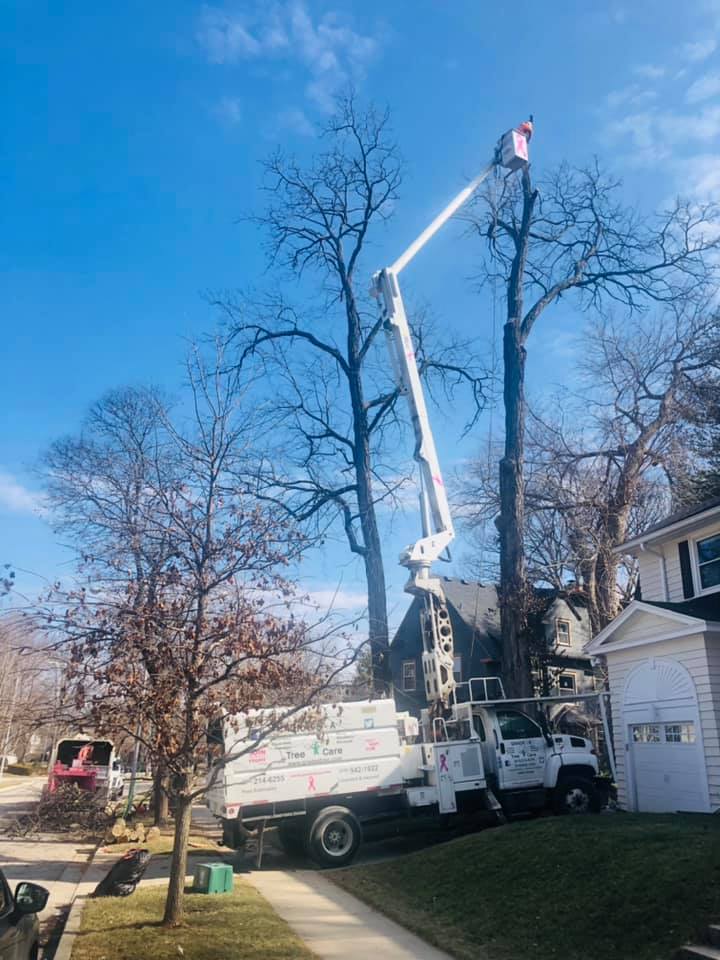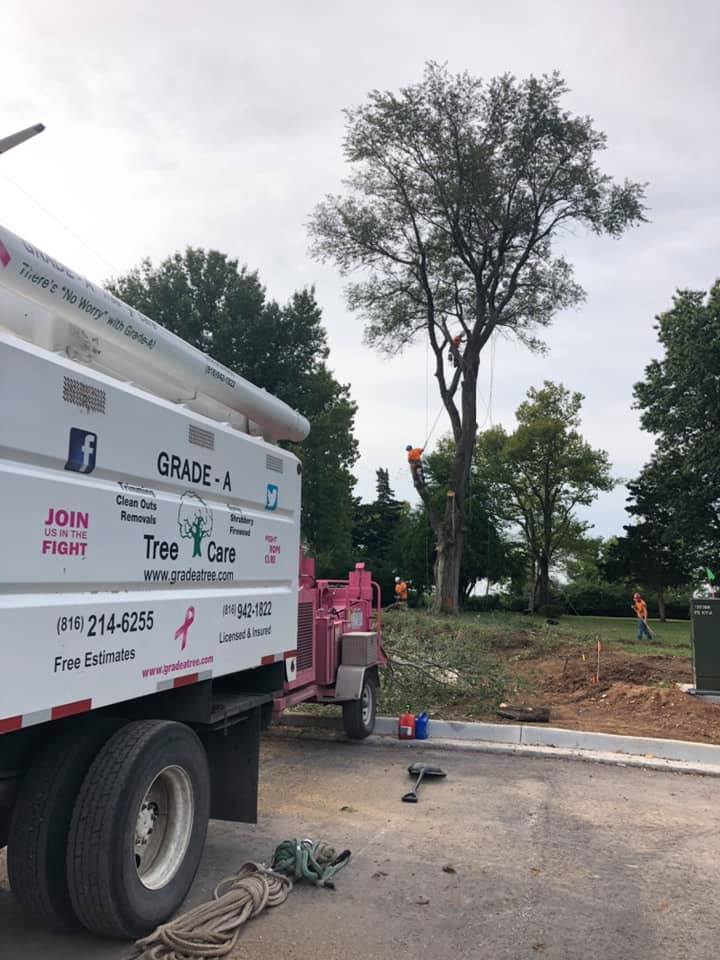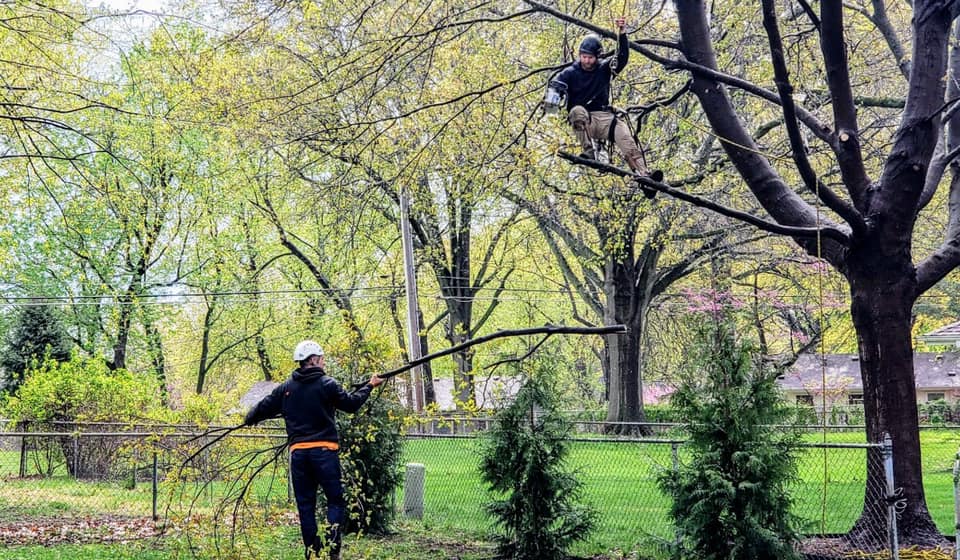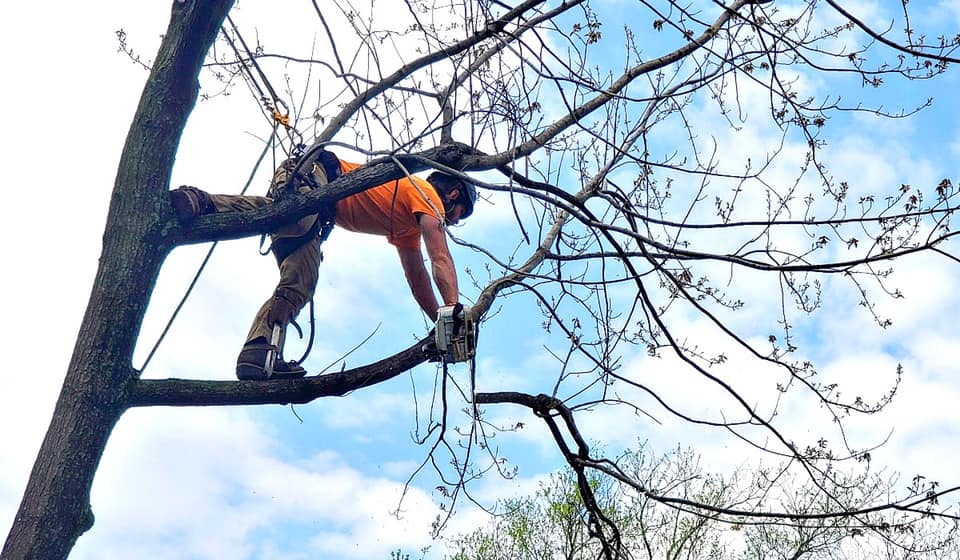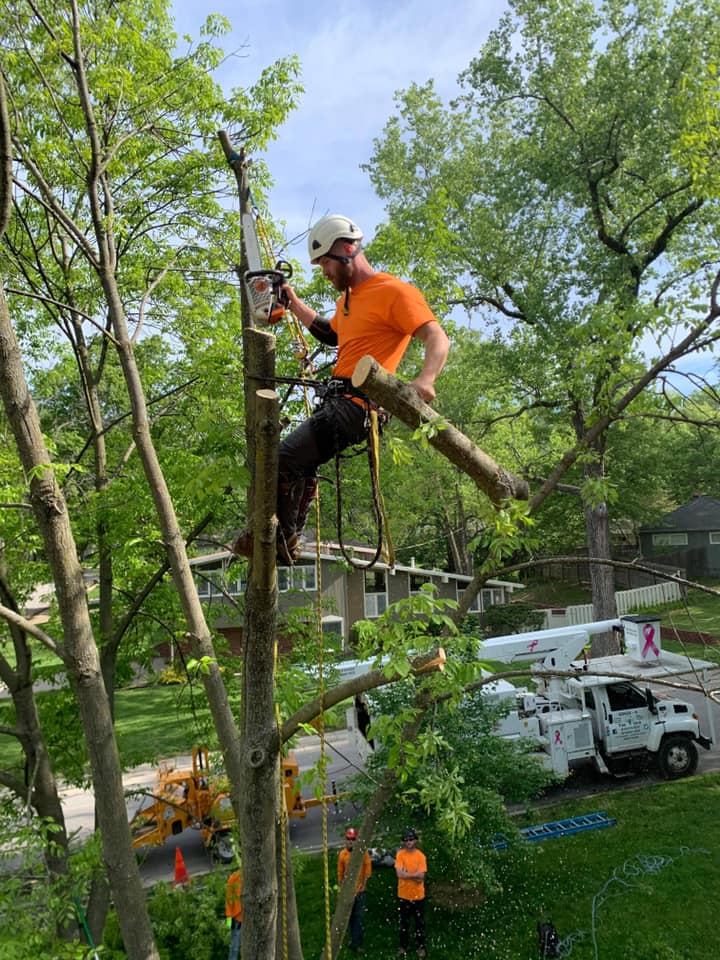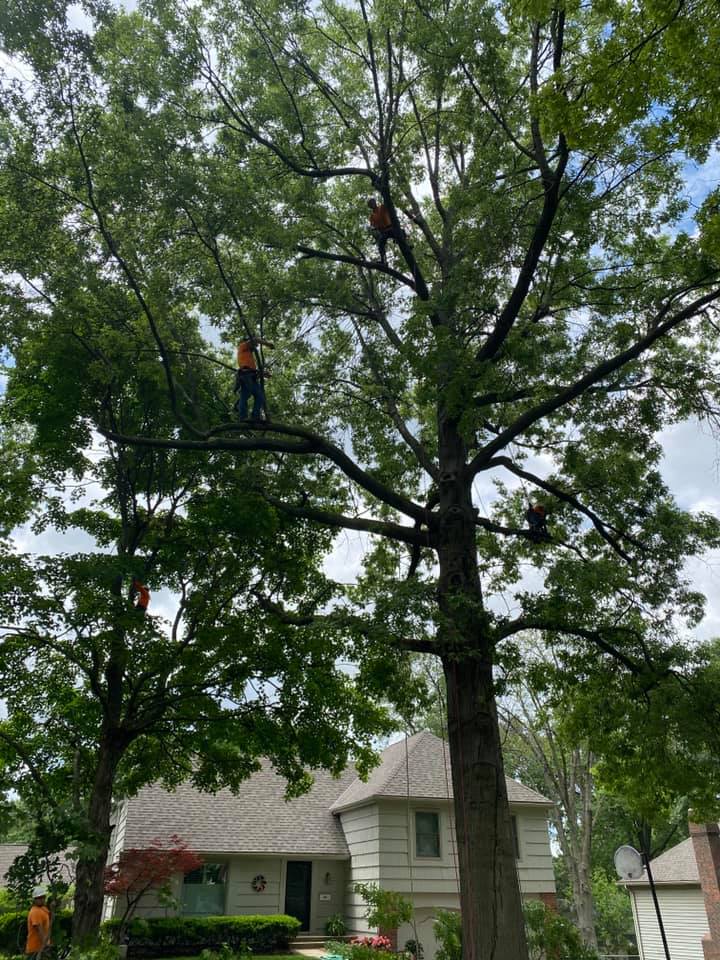Tree Trimming & Pruning
Information
Accurate & Effective Professional Tree Pruning in KC
Pruning is the most common tree maintenance procedure. Although forest trees grow quite well with only nature’s pruning, landscape trees require a higher level of care to maintain their safety and aesthetics. Pruning should be done with an understanding of how the tree responds to each cut. Improper pruning can cause damage that will last for the life of the tree, or worse shorten the tree’s life.
Reasons for Tree Pruning in Kansas City
Since each cut has the potential to change the growth of the tree, no branch should be removed without a reason. Common reasons for pruning are to remove dead branches, to remove crowded or rubbing limbs, and to eliminate hazards. Trees may also be pruned to increase light and air penetration to the inside of the tree’s crown or to the landscape below. In most cases, mature trees are pruned as a corrective or preventative measure. Safety is a major concern. Also, we want trees to complement other landscape plantings and lawns. Proper pruning, with an understanding of tree biology, can maintain good tree health and structure while enhancing the aesthetic and economic values of our landscapes
Best Times to Prune Trees
Most routine pruning to remove weak, diseased, or dead limbs can be accomplished at any time during the year with little effect on the tree. As a rule, growth is maximized and wound closure is fastest if pruning takes place before the spring growth flush.
Grade-A Tree Care Tree Pruning Techniques
Specific types of pruning may be necessary to maintain a mature tree in a healthy, safe, and attractive condition.
1. Cleaning: The removal of dead, dying, diseased, crowded, weakly attached, and low-vigor branches from the crown of a tree.
2. Thinning: The selective removal of branches to increase light penetration and air movement through the crown. Thinning opens the foliage of a tree, reduces weight on heavy limbs, and helps retain the tree’s natural shape.
3. Raising: Removes the lower branches from a tree in order to provide clearance for buildings, vehicles, pedestrians, and vistas.
4. Reduction: Reduces the size of a tree, often for clearance for utility lines. Reducing height or spread of a tree is best accomplished by pruning back the leaders and branch terminals to lateral branches that are large enough to assume the terminal roles (at least 1/3 the diameter of the cut stem). Compared to topping, this helps maintain the form and structural integrity of the tree.
Previous Work
